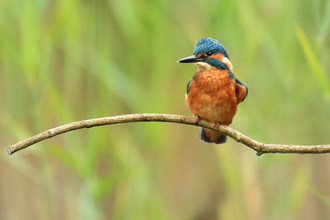Lunt Meadows officially opened in 2015, but only a few people knew about its varied wildlife and a human history that stretches back more than 9,000 years.
The Merseyside reserve, managed by the Wildlife Trust for Lancashire, Manchester and North Merseyside, is already famous for its displays of short-eared owls in late winter and spring, and its archaeological dig.
Now, a National Lottery Heritage Funded project in partnership with National Museums Liverpool and University of Chester will look to engage with the community, volunteers, Merseyside schools, and Chester University to find out how the future of the nature reserve will be shaped.
Project Development Manager Cheryl Knott said: “The project will give visitors to the site an understanding of how humans have interacted with the natural landscape over thousands of years, and how landscape changes over time”.

